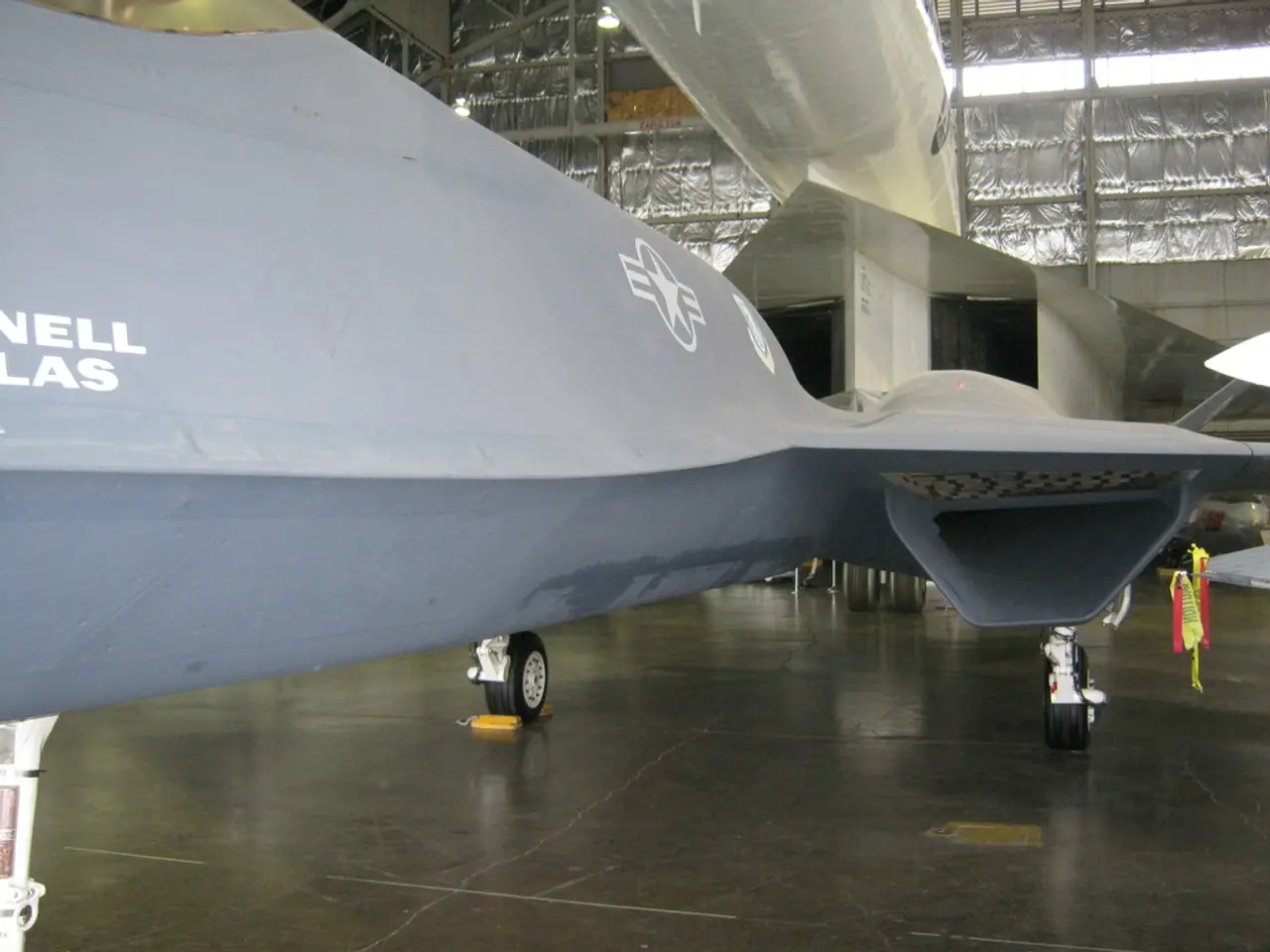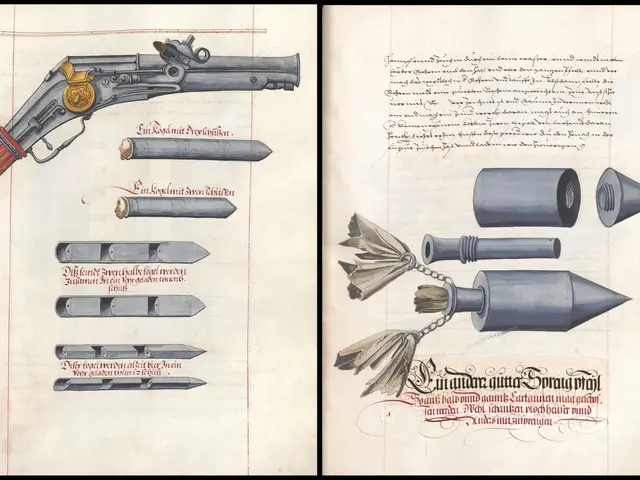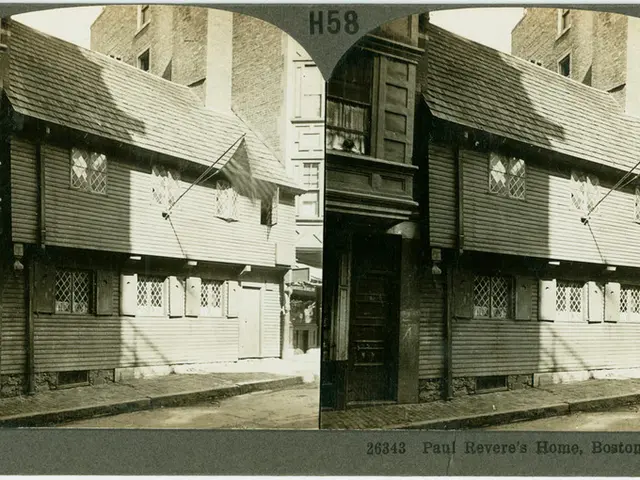Quickest Supersonic Journey from New York to London Achieved by British Airways
Record-Breaking Transatlantic Flight by British Airways
A Boeing 747-400 aircraft operated by British Airways made history on February 8-9, 2020, by achieving a record-breaking speed during its Transatlantic flight from New York to London. The flight, which departed from JFK airport at 18:47 local time, was propelled by an unusually strong jet stream tailwind, reaching ground speeds of over 800 mph.
The jet stream, a fast-moving ribbon of air in the upper atmosphere, typically flows west to east at speeds up to 150-250 mph. When a subsonic aircraft like the Boeing 747-400 flies eastbound over the Atlantic, it can benefit from a strong jet stream tailwind, adding the wind speed to its airspeed and increasing its ground speed. This means the plane can cover the same distance in less time without increasing its engine power or airspeed.
Subsonic aircraft, such as the Boeing 747-400, cruise at speeds below Mach 0.8 (around 550-600 mph airspeed at cruising altitude). During the record-breaking flight, the jet stream was exceptionally strong, pushing the Boeing 747-400 to a recorded ground speed of over 800 mph, which is faster than the typical subsonic cruise speed.
This extraordinary tailwind effect allowed the flight to break the Transatlantic speed record for a subsonic airliner, reducing flight time significantly compared to normal eastbound crossings. The previous record was held by a Norwegian Boeing 787-900 Dreamliner with registration G-CKHL.
The Boeing 747-400 (G-CIVP) that performed the BA112 flight arrived at London Heathrow in the next morning at 04:43, completing the journey in just four hours and 56 minutes. This is 1 hour 20 minutes shorter than the average flight time on this line.
The speed record for subsonic passenger planes is subject to potential future breakage, and under what circumstances remains to be seen. The record-breaking flight by the British Airways plane is not the fastest Transatlantic flight ever, as the legendary Concorde aircraft holds that record, completing a New York - London flight in 2 hours 52 minutes and 59 seconds in 1996, reaching a maximum speed of 2,173 km/h.
Flightradar24, a flight tracking company, announced the news of the record-breaking flight on its Twitter account. The speed record broken by the British Airways plane only covers the subsonic passenger planes. In a case of an opposite wind, the ground speed of the plane would decrease by 200 km/h.
The ground speed of the plane during the record-breaking flight reached 1,150 km/h when the air flowed into a flow of 200 km/h and was fully blown by the tail. The flight time is 17 minutes shorter than the old record set by a Norwegian aircraft on January 15, 2018.
In conclusion, the jet stream acts like a natural high-altitude tailwind (or headwind in the opposite direction) influencing the effective ground speed of subsonic aircraft. British Airways’ February 2020 record-breaking flight took advantage of extremely strong tailwinds from the jet stream, demonstrating how these atmospheric conditions can push a subsonic airliner to unusually high ground speeds on Transatlantic routes.
The record-breaking Transatlantic flight by British Airways, which was propelled by an unusually strong jet stream tailwind, not only showcases the potential of the aerospace industry but also highlights the importance of weather conditions in the transportation sector. This extraordinary event also underscores the competitive nature within the finance industry, as it represents a new benchmark in the race for optimization in subsonic passenger flights.








